In 2021, Mr. Tran Thanh Tuan, in village 9, Dak Buk So commune (Tuy Duc) started investing in a greenhouse for high-tech agricultural production.
From an initial greenhouse, he has now invested in 6 greenhouses, each with an area of 2,200 - 3,200 m2 to produce high-quality vegetables, tubers and fruits.
He installed a drip irrigation and automatic fertilization system in the entire garden. During the production process, he no longer depends on the weather, can control diseases, and reduce investment costs.
The harvest time is also much longer than outdoor farming. "Greenhouses control 80% of the risks caused by unpredictable sun, rain, and pests. Last year, I earned more than 2 billion VND after deducting expenses," said Mr. Tuan.
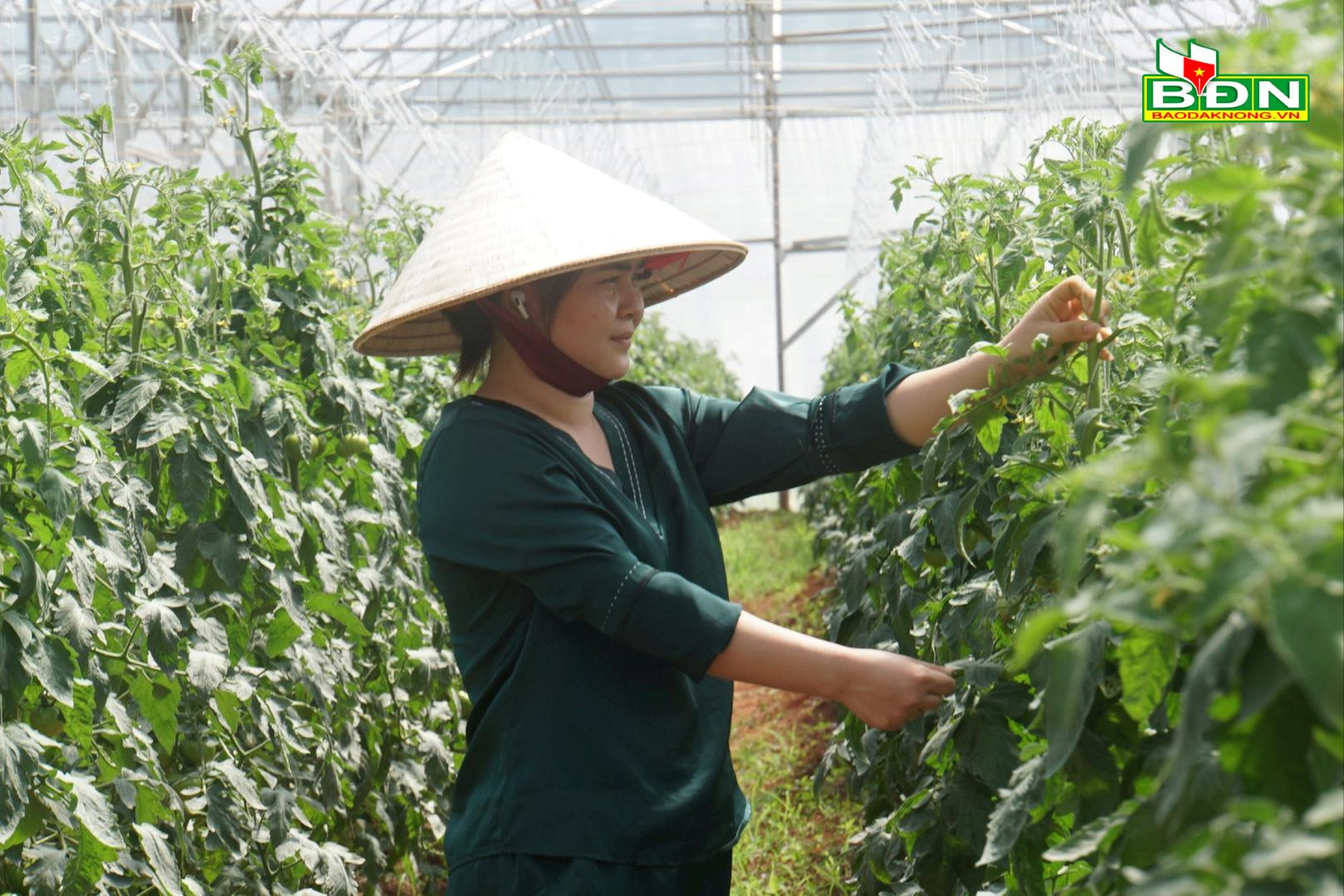
In early 2022, Dak Nong Clean Agriculture Joint Stock Company, Dak Nia commune (Gia Nghia), invested in building 2 greenhouses with an area of over 4,500m2.
The company specializes in growing melons, strawberries, cucumbers, flowers, and vegetables. In addition to greenhouses, the company invests in a 100% automatic irrigation and fertilization system.
The indicators of humidity, temperature, nutrients... in the garden are all controlled by the Company using sensors. The indicators of nutrients in water and pH are all measured every day using modern machines.
Ms. Bui Thi Khanh Hoa, Director of the Company, said that using technology to control factors affecting the growth of crops has helped reduce risks related to weather and pests.
The Company's production efficiency is almost always at its maximum. In particular, all products meet GlobalGAP standards and are always welcomed by the market.
Each year, the company produces 2,000m2 of melons, spread over 3 crops. Each crop, the company harvests 6 tons of fruit, with a selling price of 70,000 VND/kg. Each year, the company produces 10,000 strawberry plants, yielding about 3 tons of fruit, with a selling price of 450,000 - 500,000 VND/kg. Other products such as baby melons, flowers, and vegetables are in the experimental stage...
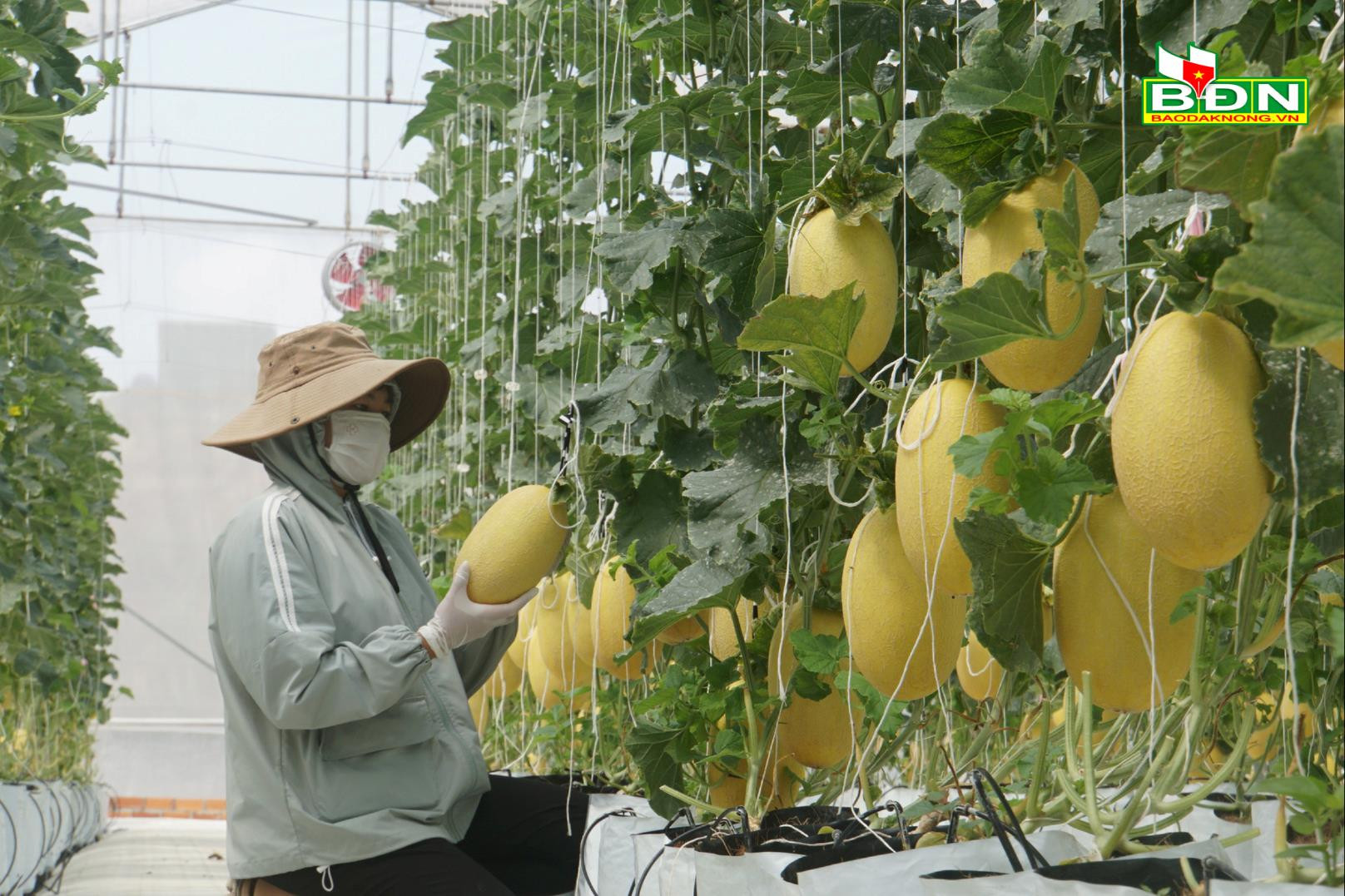
Ms. Hoa said that applying technology to agricultural production helps the Company almost not need to use human power and is not dependent on the weather.
Plant care processes are mainly controlled through a machine system. If any abnormality occurs during the plant care process, the machine will notify the app on the phone and will be checked and processed quickly.
"The only limitation of investing in this high-tech application is the high initial investment cost. Producers need large resources and capital to be able to do it," Ms. Hoa shared.
Currently, in Dak Nong, hundreds of people and businesses have invested in high-tech agricultural production. This investment direction has helped people increase production value, create quality products, and meet export standards.
High-tech agricultural production helps people avoid the impact of weather, especially climate change; control diseases well and improve economic efficiency.
According to the Department of Agriculture and Rural Development of Dak Nong province, this production direction is the goal in Resolution 12 of the Provincial People's Council on developing high-tech agriculture, which has been implemented for nearly 5 years.
The application of high technology in production in Dak Nong has created a breakthrough, developing agriculture in both scale and cultivation level.
The province's agricultural products are therefore developing strongly in the direction of improving quality, meeting standards to enter large supermarkets and export...
Objectives of Resolution 12 on developing high-tech agriculture
By the end of 2023, the entire Dak Nong province strives to have 85,000 hectares applying high technology in agricultural production. The technology applied mainly applies new varieties, investment in building greenhouses, net houses, automatic irrigation, advanced irrigation, water-saving irrigation... and other new technologies such as hydroponics, production on substrates, organic agriculture are gradually applied in production. The total annual output is estimated at over 404,000 tons.
By 2025, 12 more high-tech agricultural production zones will be formed and developed, bringing the total number of zones in the province to 16. The value of high-tech agricultural production and the application of some high technologies will account for 15% - 20% of the value of agricultural production. 3 more high-tech enterprises will be recognized, bringing the total number of high-tech enterprises to 5.
Source


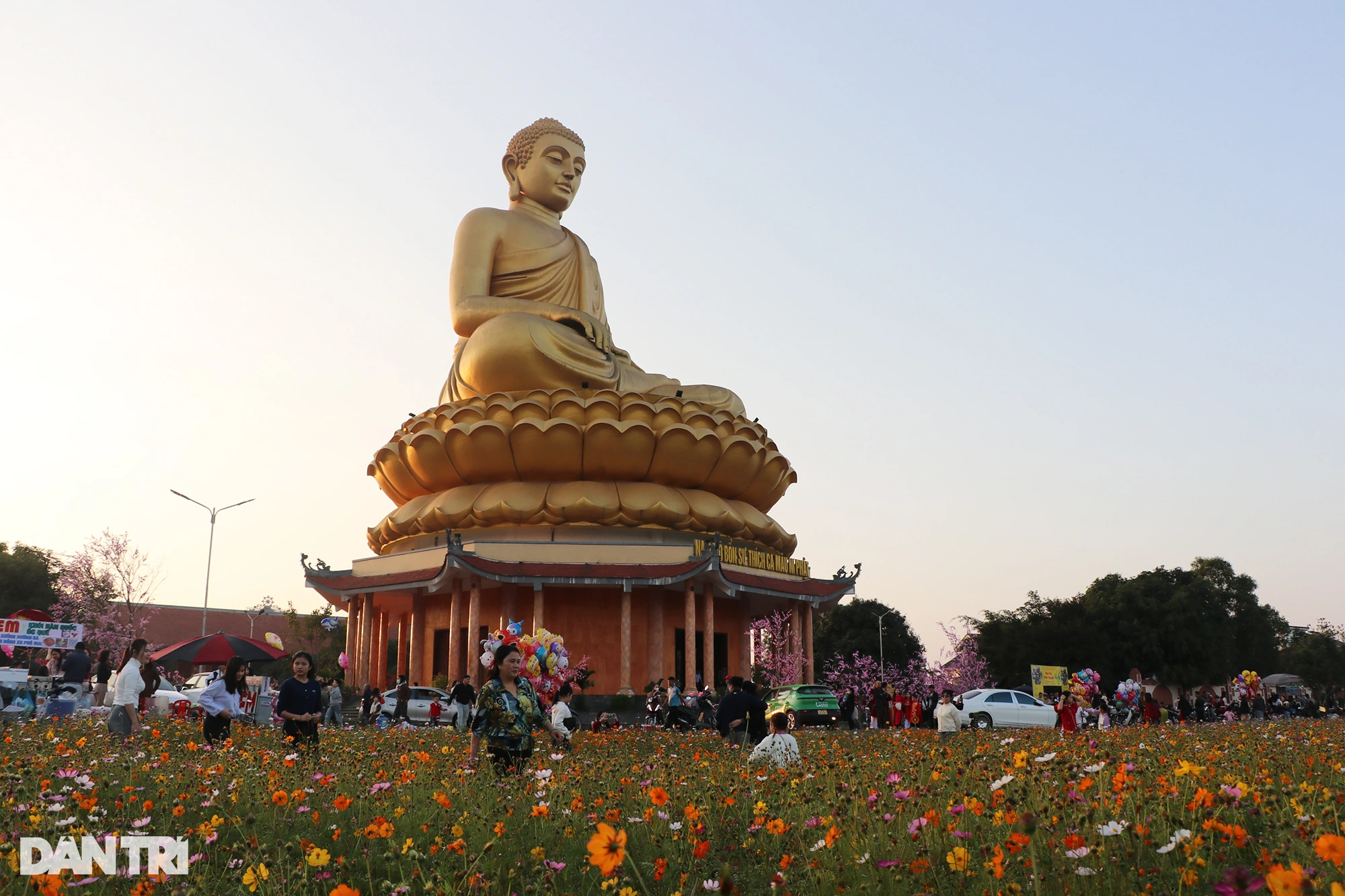



















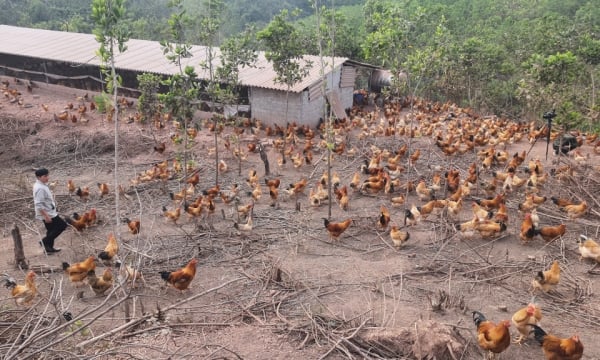
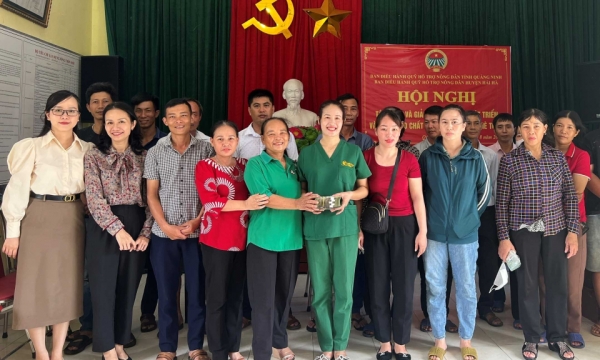
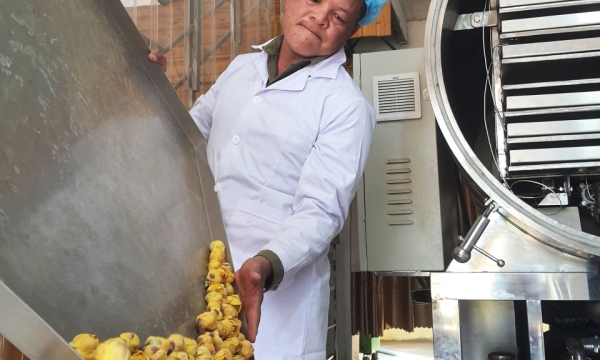
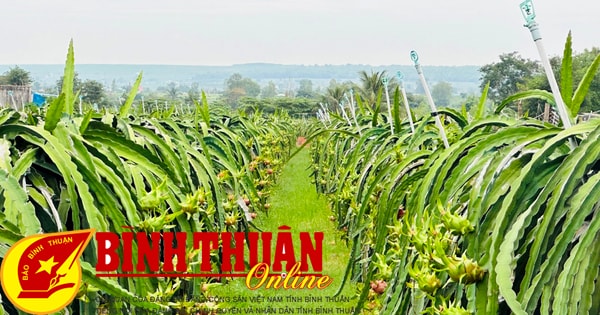
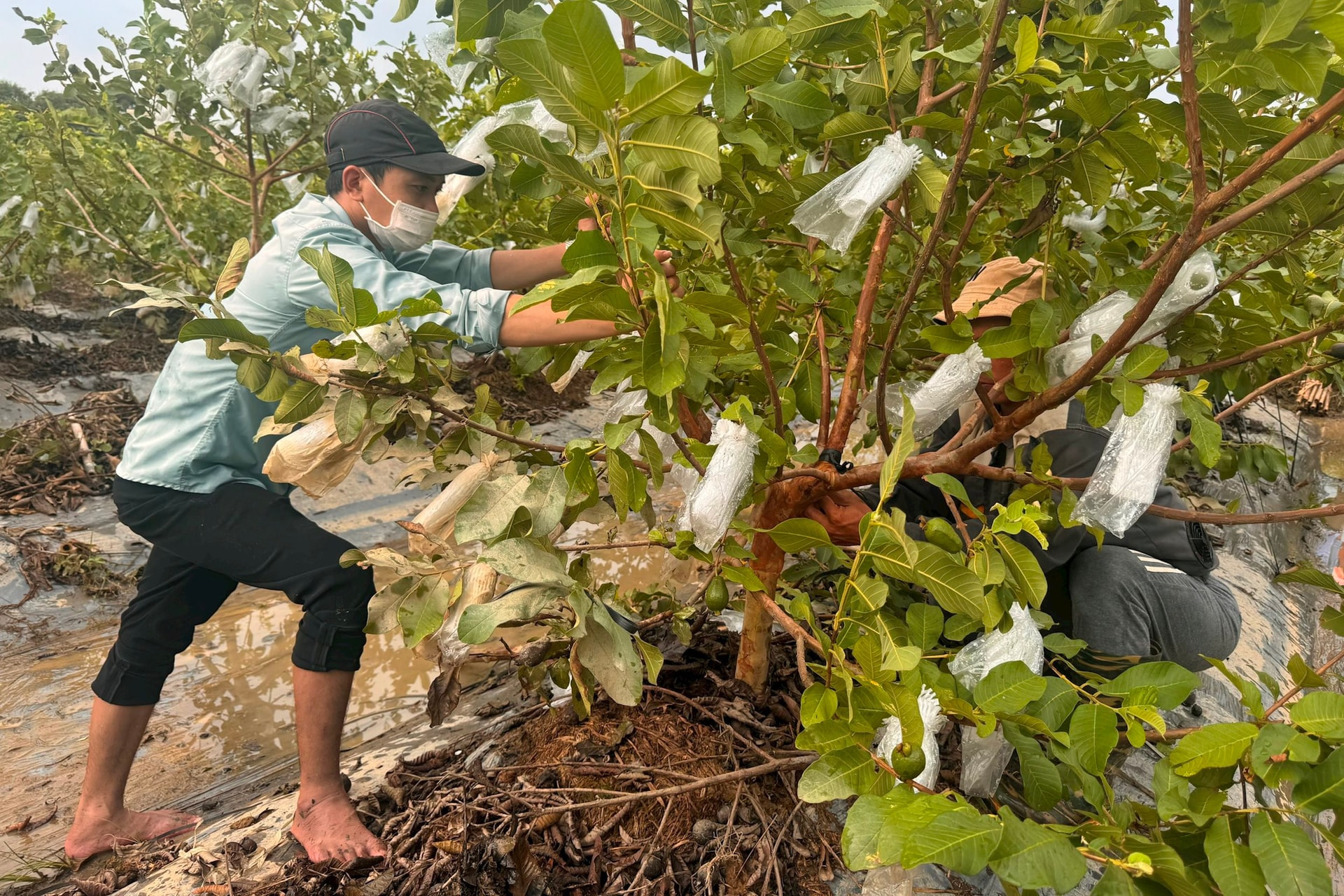
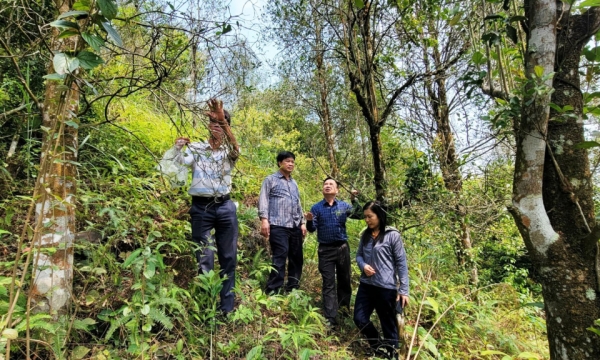






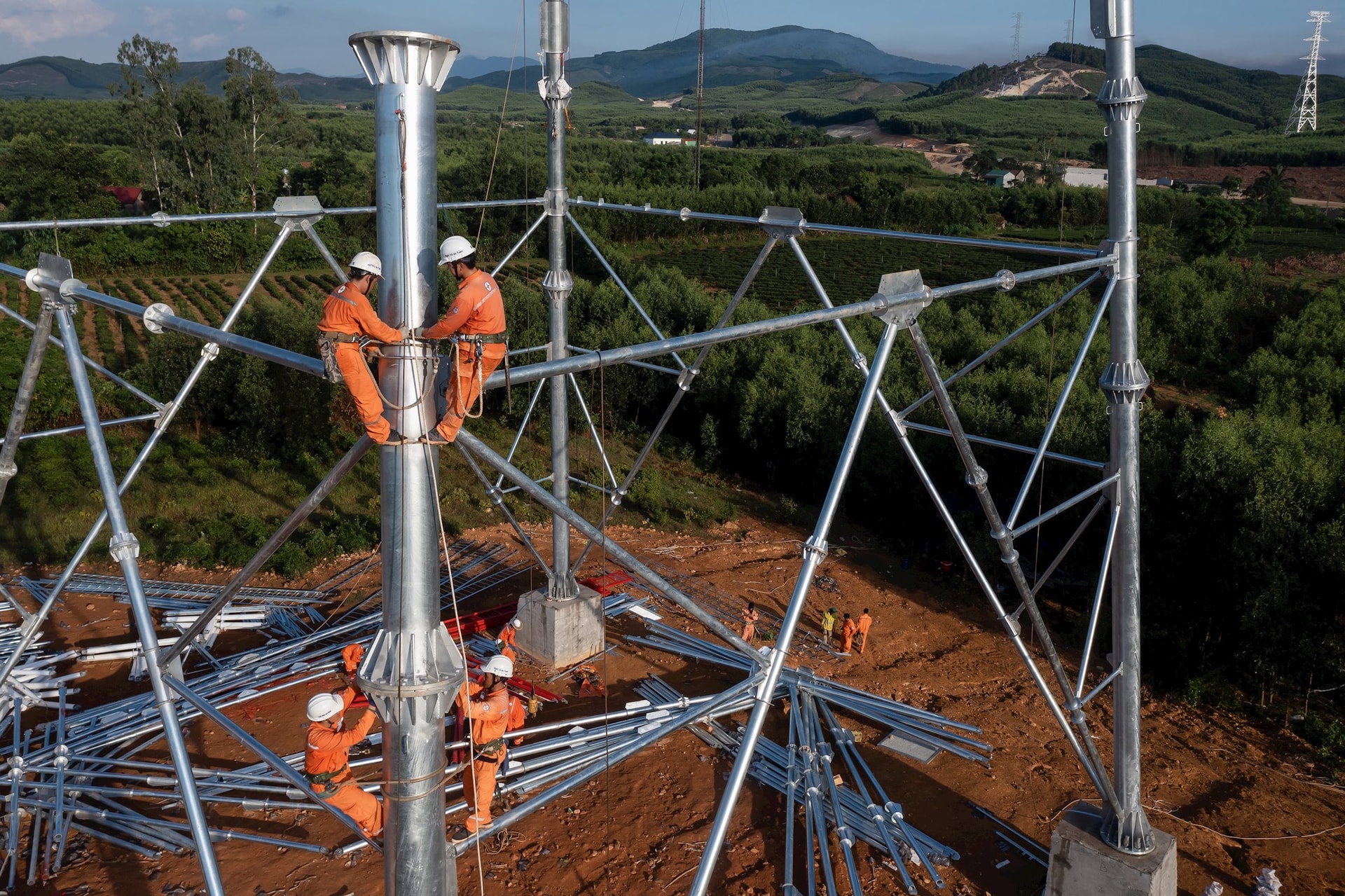

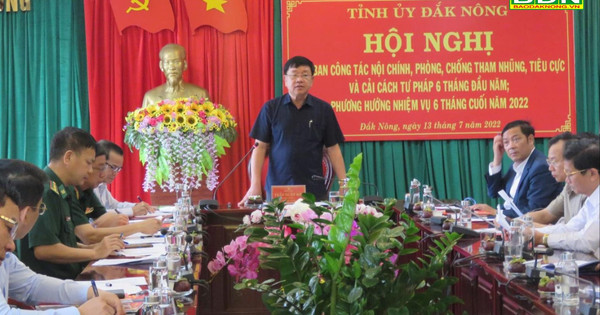
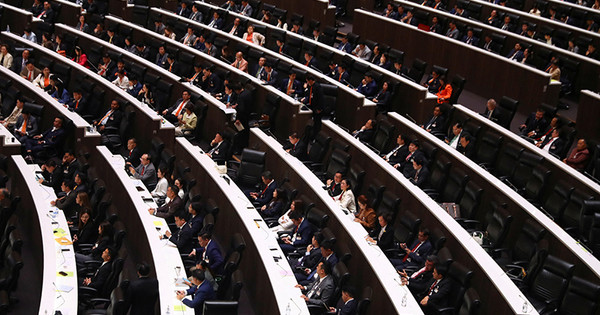

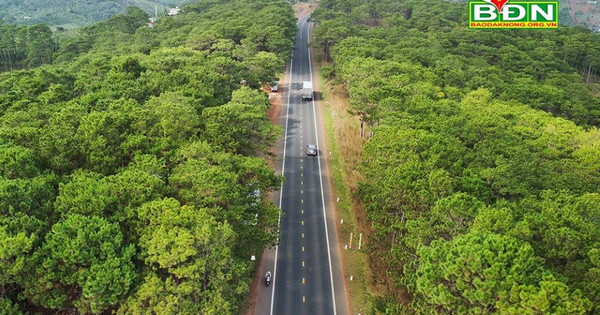
















Comment (0)